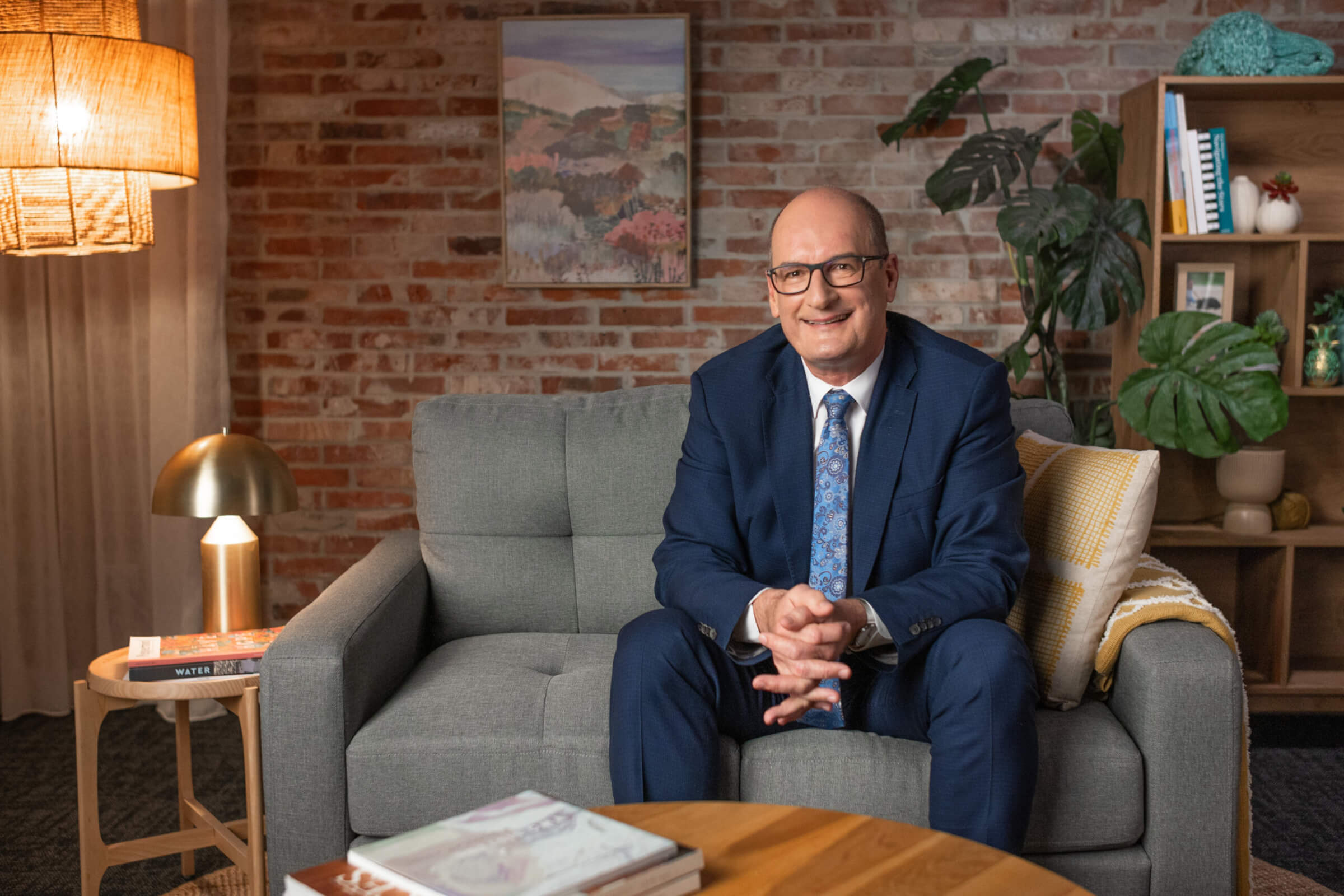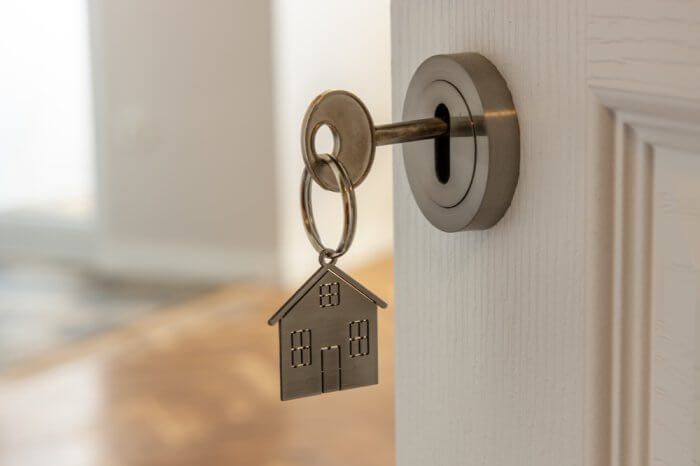
The US central bank has made a major pivot away from talking tough about further interest rises and is now openly hinting at interest cuts in 2024.
On Thursday morning our time the Federal Reserve Bank kept US interest rates on hold as expected, but then said they were expecting to cut rates 0.75 per cent over 2024 if inflation kept trending down as expected. It was reinforced by Fed chair Jerome Powell at a press conference after the announcement.
Naturally the pivot sent financial markets into a spin. Sharemarkets leapt higher, bond yields dropped.
At the start of the year there were dire predictions of a major economic recession in the US, which simply hasn’t eventuated. The Fed has done a great job in bringing down inflation, keeping Americans in jobs and engineering a soft economic landing.
Naturally, when the US starts hinting at interest rate cuts Australians gets excited about when we will follow. Pessimistic economists say not until 2025 while more optimistic economists are predicting cuts to starts from the middle of next year.
Given the way this year has panned out, you’d have to lean towards the optimists. But as I’ve been saying, 31 January, when the December quarter CPI figure is announced, is for me the crucial day and data point which will bring some clarity on rate cuts.
If the December quarter CPI comes in below expectations, rate cuts shouldn’t be that far away. If the figure is above expectations, we’ll need to wait a bit longer.
It’s worth noting the impact of rate increases in Australia is a lot more severe than in the US because most Australians are on variable mortgages and feel the effects of a rate increase immediately. In the US, home owners are on fixed rate mortgages so the pain is delayed or not felt at all.
Consumers taking a conservative view from the bunker
Without stating the bleeding obvious, Australian consumers are feeling the pinch from rising interest rates and high inflation. They’re reigning in spending and being very cautious.
You can’t argue that there is a need for caution. That’s why I always follow one question in the consumer confidence figures: “where is the wisest place to save?” I reckon it says everything about how we’re feeling.
A record number of Australians believe the wisest place to save is “savings, pay down debt, superannuation”. Can’t argue with that.
Shock horror, banks are no longer the financial ogres!
Every time interest rates rise we all focus on the big banks for passing on the rate hike. We focus our anger on the banks for simply following what the RBA has decided.
But, and it pains me to say this, the banks have been very generous in this rate hiking cycle by NOT passing on the full RBA rate hikes. That’s how much competition there is in the home loan market.
Have a look at this chart tracking the RBA rate rises against the average home loan rate. Banks are no longer the ogre.
The ‘Battle of the Generations’ verdict is in
The cost of buying a home in our capital cities is now 14 times our annual income, up from five times the annual income in 1990.
Who’s doing it tougher, young homeowners today or their Baby Boomer parents who were paying 17 per cent mortgage interest?
It’s the intergenerational war of words that has been splitting families for decades.
I used to whinge to my parents and now my adult kids are doing it to me. Frankly, I don’t think it achieves much…. but here’s the answer.
It obviously depends on when the comparisons are made. For example, 18 months ago when interest rates were low, Baby Boomer parents had it tougher.
But today, after the sharp interest rate rises, young homeowners are doing it tougher.
While home owners in the 90s faced 17 per cent home loan rates, house prices were much lower.
Borrowers back then didn’t have to save for big deposits and they could borrow less to buy a home. The key difference between the 90s and now is that the average mortgage size has risen six times faster than wages.
The average loan size in Australia was $67,700 back in the 90s, and now it’s $593,000… even more if you’re buying in high-priced Sydney and Melbourne.
So Mum and Dad, the youngsters do have a point.

As a result, more Baby Boomer parents have been chipping in to help their adult children get a foot on the ladder.
A Compare the Market survey in April found that 26 per cent of millennial homeowners had received help from their parents to purchase property.
Next week I’ll show how you can help ease your child’s pain when getting into the housing market.







